Victorian Flower Language: The language of flowers, which is sometimes referred to as floriography, have been used as a means of cryptological communication by using varieties of flowers and their arrangement.
lowers have been attributed several meanings for thousands of years, and this culture has been prevalent in different parts of Asia, Europe, and the Middle East. Interest in the field of floriography reached its peak in Victorian England.
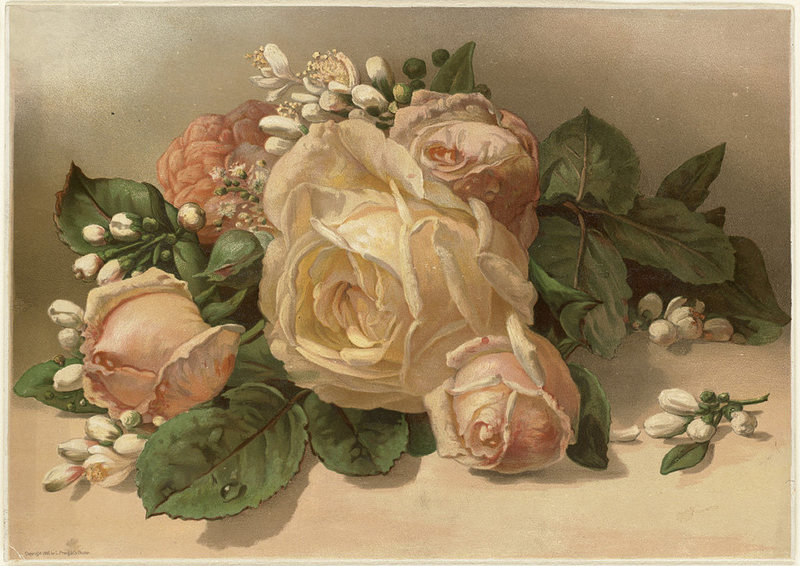
In Britain, the Victorian Era has been a phase where proper etiquette ushered among the upper classes in England. There had been many rules and customs and people were expected of certain behaviors.
Outright flirtations, questions, and conversations were prohibited. Although the use of flowers had been used in Persia and the Middle East to convey messages, publication of flower dictionaries during the Victorian Era, led to the spreading of the tradition in England.
Table of Contents
The Language of Flowers – Floriography
During the Victorian Era, the use of plants and flowers gained special meaning, though it had been used for centuries. Flowers gained popularity very soon and was used to send subtle messages. A large list of meanings was assigned to flowers and the language came into being.
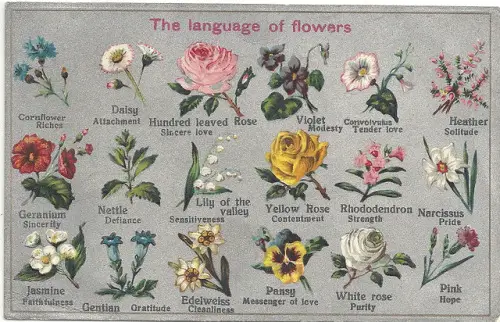
Though they were often used to send positive messages portraying love and affection, it could often be used to send negative messages at times. The same flower often had opposite meanings, depending on the arrangement and how they were delivered.
Why did the Popularity of flowers grow in England?
The popularity of flowers in implicating certain messages had been prevalent in Persia and other parts of the world. But it became a tradition in England only during the Victorian Era. This is because the era was marked by sophistication in terms of manners and courtesy.
Open communication was restricted and not every thought could be openly shared in public. Thus the communication of messages through flowers quickly gained a lot of popularity and before long, books that explained the meaning of flowers and their arrangements were published. The floriography dictionaries contained the meaning of various plants and flowers.
Interpretation of the Language
Floriography became the common language for sharing secret messages that were not allowed to be conveyed openly during the Victorian Era. The language of flowers did not only comprise of the significance of the flower. Much of the etiquette in the Victorian era was dictated by the presence of others and around and their observation.
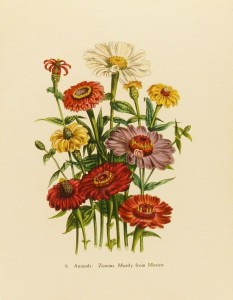
Of course, there was a clear distinction between the poor, middle and upper classes of society. Thus proper etiquette often limited the communication based on the people of another social status, different gender, and even the social situations.
Many topics would be considered as taboo even within the same social class. It was considered impolite or rude to ask about relationships openly. Thus flirtations did take place but most of them were very secret and discrete. If compared to the world of today, most of the customs prevalent in the Victorian etiquette would seem complicated and unnecessary.
Some customs follow even to the day, like removing hats when indoors or showing respect to women by holding the door for them. Flowers were the most common gifts exchanged during the period and careful caution was used to send the intended message.
Victorian Etiquette
The etiquette comprised a set of rules that were expected to be followed not only in social occasions but in day-to-day life for men and women of proper upbringing.
Marriage was not a fairytale in the Victorian Era as it might be portrayed in movies or novels. Many plants and flowers can be used as medicines, or even have the power to bring luck or keep away evil. As the tradition of using flowers grew during the period, Flora Symbolic by John Ingram was published.
Released at the height of this floriography culture, the book did not only contain the signature of a hundred flowers, but also the etiquette in giving the correct flowers. However, the only catch was the not all the dictionaries agreed on the same meaning of the flower.
The meanings of the flowers were based on traditions, myths, medical use and sometimes, the imagination of the person authoring the book. Thus there were regional differences as well as differences based on the customs and preference of the people.
Victorian Floral Design
The Victorian Era gave the recognition of different floral designs a form of artistic expression. Tussie-Mussies and nosegay bouquets were introduced during this time. Since there was a complicated interpretation of floriography at that time, several different flowers could have the same meaning, while the same flower conveys opposite meanings depending on the floral pattern.
Tussie-Mussies were the small handheld fragrant bouquets wrapped in lace doilies. These bouquets had fragrant herbs and a single central flower. Great care would be taken to combine the selection in such a way that the meaning expressed was accurate. Some bouquets were designed to be held at nose level and were known as nosegays to avoid unpleasant odor.
The Language of Flowers Roses
Suitors would often present Tussie-Mussies to their ladies and would watch to see if they were held at the heart level. This would signify happiness and acceptance. If they were held pointing downwards, it would signify a sign of rejection.
Even the color of the flowers had a certain significance. For instance, the red rose is used to signify passion, which continues to the day. A pink rose was used to portray warm affection. While white roses signified purity, yellow roses were associated with friendship.
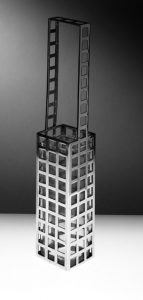
Thus, the Victorian Era spoke volumes through the language of flowers and the tradition continues to the day. Although communication of thoughts is quite simple today and do not need much elaboration, the importance of flowers have gone down, but it holds high regard in the traditions of the era.
One of the popular Victorian-era past times was learning the special symbolism of flowers.
Flowers were a means of expressing feelings that could not be expressed publicly.
Conservatories were built to house exotic plants and interior decoration had a floral design. Almost all Victorian homes would have a guidebook about the ‘language of flowers.’ The authors of these guidebooks used visual and verbal analogies, religious and literary sources, folkloric connections, and botanical attributes to derive the various associations for the flowers.
Bluebells meant “kindness,” peonies stood for“bashfulness,” rosemary was synonymous with “remembrance,” tulips represented “passion,” and wallflowers stood for “faithfulness in adversity.”
Plants could also convey negative sentiments e.g. aloe, which meant “bitterness,” pomegranate meant “conceit,” or the rhododendron meant “danger.”
Victorian Flower Language
Colors of flowers also had meanings. A white violet indicated “innocence” and a purple violet would symbolize that the giver’s “thoughts were occupied with love” about the recipient.
Sending and receiving flowers was a way to show like or dislike toward suitors. If given a rose to declare “devotion” or an apple blossom to show “preference” from a suitor, one might return with a yellow carnation to express “disdain” if it was an undesirable suitor or straw to show a request of “union.”
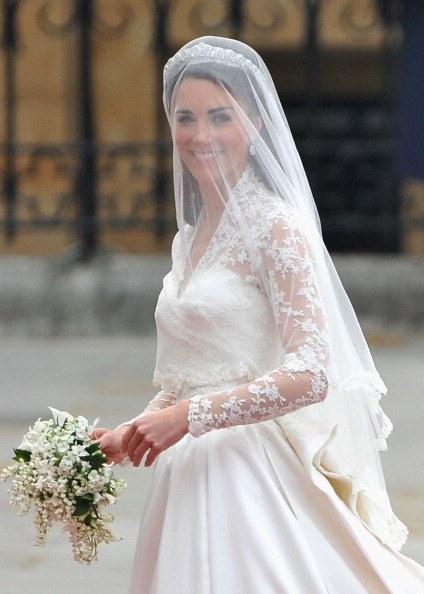
Myrtle was used to symbolizing good luck and love in a marriage. In 1858 Queen Victoria’s daughter (Victoria), carried a sprig of myrtle take from a bush planted from a cutting given to the Queen by her mother-in-law.
This began a tradition of royal brides including myrtle in their bouquets. Most recently, Prince William’s bride Kate Middleton included sprigs of myrtle from Victoria’s original plant in her own wedding bouquet.
More Info On- Victorian Era Flower Arrangements, Victorian Era Acrostic, Floral Designs by Florists